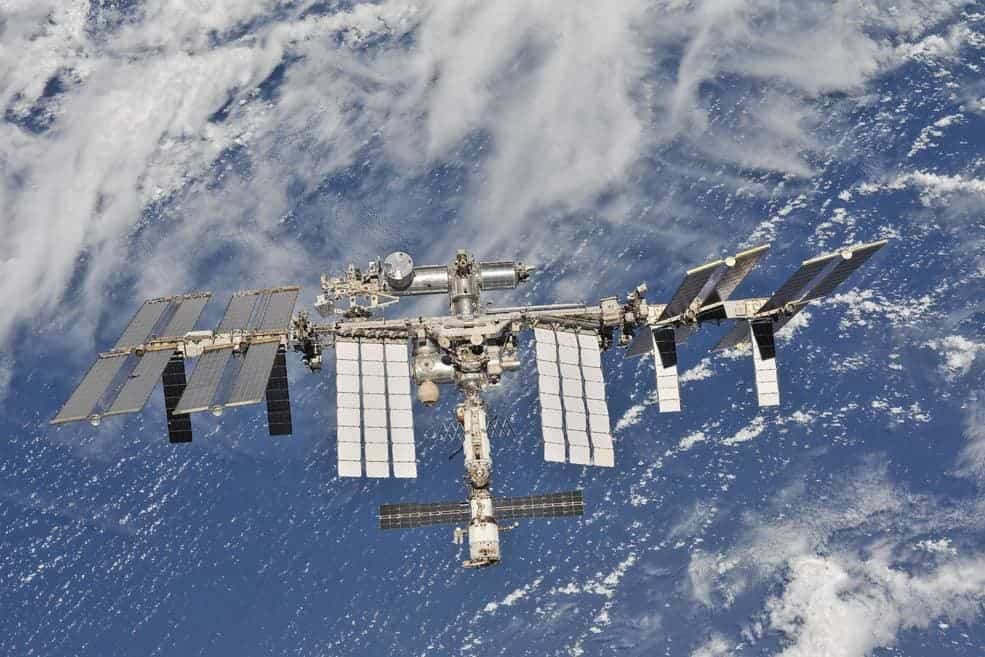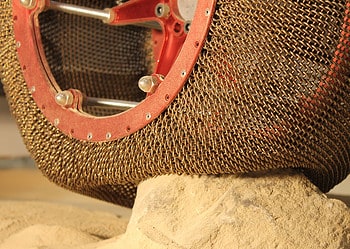
Some of the modules and tech on the International Space Station (ISS) are 21 years old — and it sometimes shows. The crew regularly has to deal with minor malfunctions, non-critical issues that are not life-threatening but which can become annoying since they happen so often. But last night was really something even by ISS maintenance standards. It involved a broken toilet, a malfunctioning oxygen system, and an air leak plugged with the help of a teabag.
One crappy night
The first problem that occurred over the night of 19-20 October was a malfunctioning toilet on the Russian segment of the ISS which, luckily, was solved quite fast. According to veteran Russian cosmonaut Gennady Padalka, who holds the world record for most days spent in space, the Russian equipment on the ISS is well past its use-by date.
“All modules of the Russian segment are exhausted,” the Russian cosmonaut told the RIA Novosti news agency last week, adding that the 20-year-old technology was built to operate for 15 years.
What would have happened if the toilet wasn’t fixed in due to time…. for an emergency? Like anything on the ISS, there’s a backup and there’s a backup for the backup. Writing for Gizmodo, journalist George Dvorsky says there’s another toiler on the Soyuz-MS-16 spacecraft, which is currently docked to the ISS. A third option is the $23-million Universal Waste Management System, the fanciest high-tech toilet in the universe, which arrived at the ISS last month. If all three toilets happen to be clogged at the same time, astronauts can use special diapers they normally have to wear during spacewalks.
Later the same evening, a much more serious problem came to the crew’s attention. Yet again the Russian segment had a malfunction — this time with its oxygen system. It’s the same system that broke down last week, but the astronauts quickly fixed the issue. The problem seems to have been that the water used to generate oxygen had run out.
“All the systems of the station are working well and there is no danger to the crew or the ISS,” Russia’s space agency Roscosmos said in a statement.
Luckily, there’s an extra oxygen supply system, the Environmental Control and Life Support System (ECLSS) found in a NASA module. Had things gone south with this oxygen system too, astronauts have spare oxygen tanks at their disposal.
Finally, the ISS astronauts announced that they have fixed a pesky air leak that had been giving them headaches since August. Although this might sound scary, a bit of air leakage is always expected, so this wasn’t a critical issue. The way this particular leak was fixed though was quite ingenious.
After they employed a variety of measuring instruments, the crew narrowed down their search for the leak to the Russian module. Leaves from a teabag were then released into the microgravity environment, which naturally drifted toward the leak due to the pressure difference.
“We believe that we have really identified the probable leakage area,” Cosmonaut Anatoly Ivanishin told Russia’s flight control. “We have distributed a tea bag [in the Zvezda module] before closing the transfer chamber.”
“We have several photos and videos of the direction of the tea bag’s flight or where it intended to fly and this precisely shows the direction the air is blowing from the possible air leak,” he added.
On Monday, the Russian space agency announced that the leak was temporarily plugged using scotch tape. Yup, even in space tape is an engineer’s best friend!





